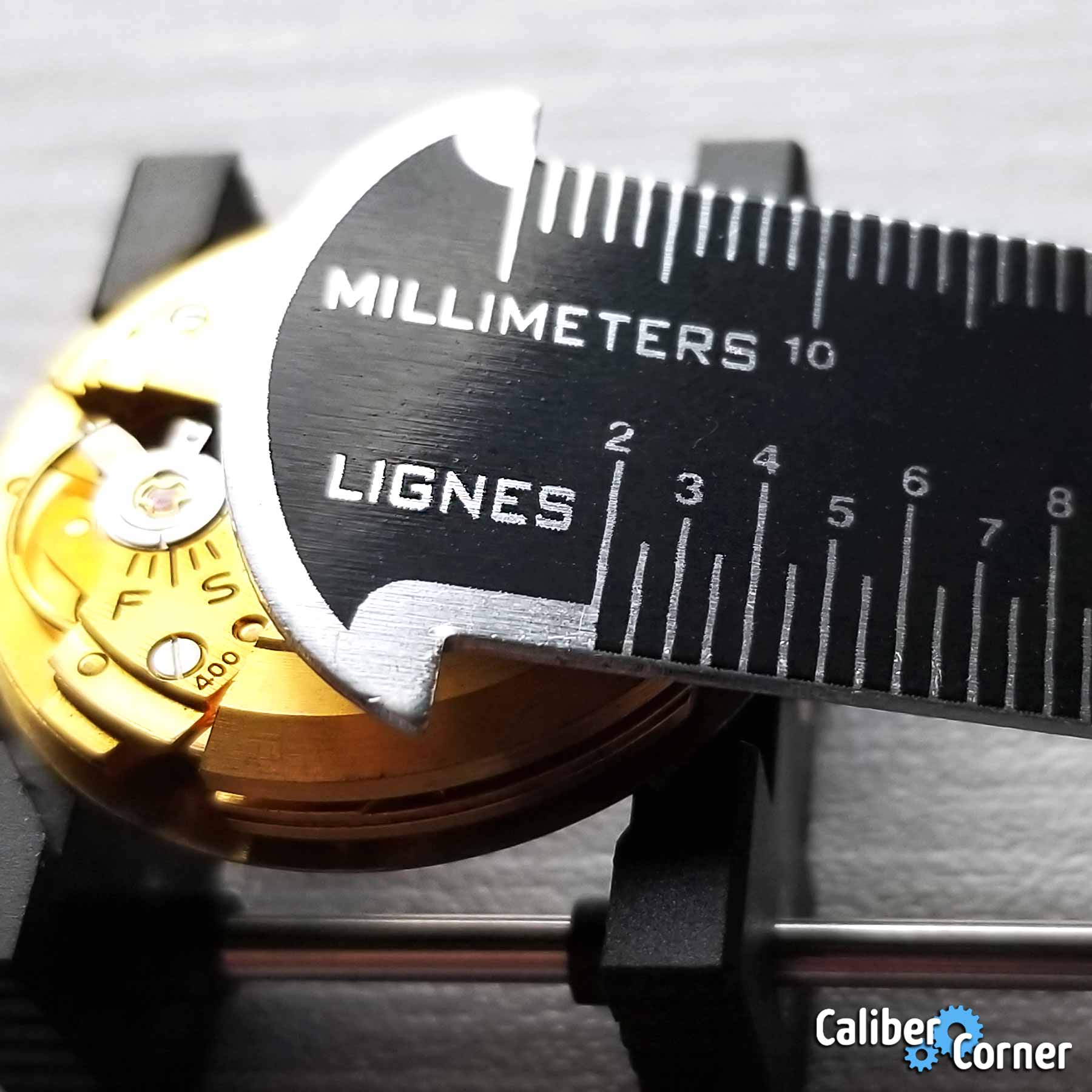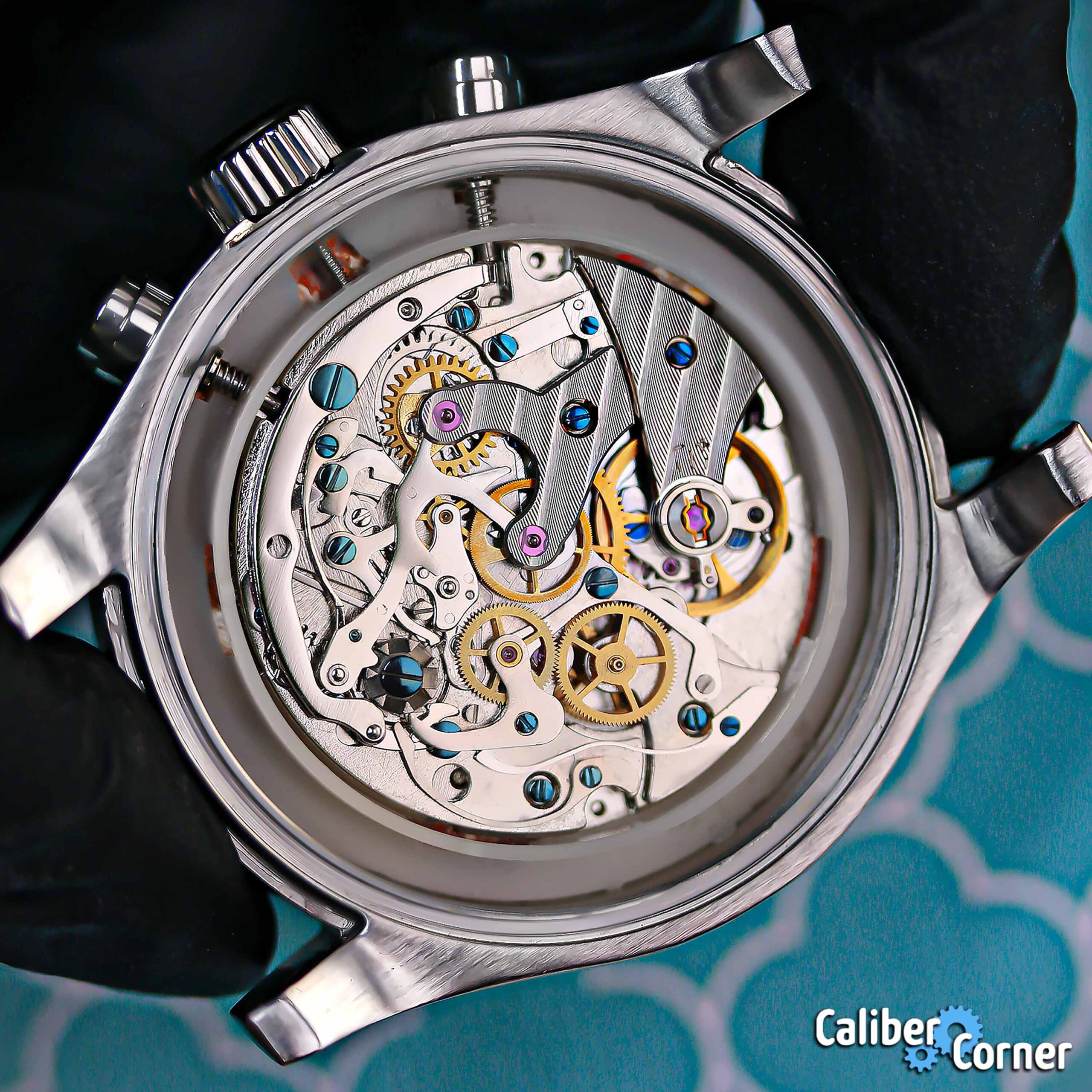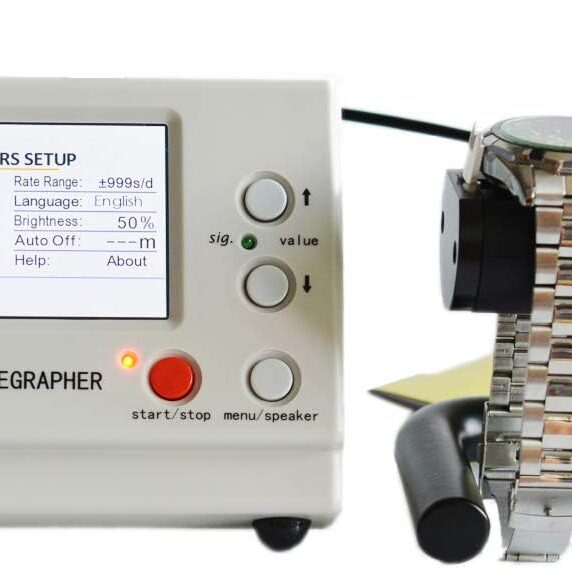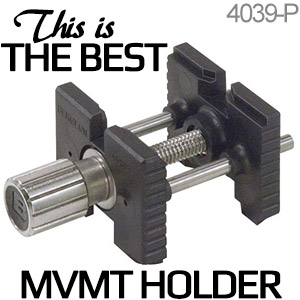If you’ve been in the Caliber Corner Community for some time, you’ve seen the word lignes here and there. What does it all mean? What is a lig-nez?!
Lignes is the French word for lines (and pronounced the same way), a unit of measurement for watch movements. Although most watch movements will have the diameters listed in millimeter (mm), you may also see linges listed – especially when dealing with raw movements.
Here is a brief history from Wikipedia:
The ligne or line or Paris line, is a historic unit of length used in France and elsewhere prior to the adoption of the metric system in the late 18th century, and used in various sciences after that time. The loi du 19 frimaire an VIII (Law of 10 December 1799) states that one metre is equal to exactly 443.296 French lines.
Interestingly, in addition to watch movements, the lignes unit of measurement is also used by some button and ribbon manufactures. Here is an explanation about lignes from ETA:
Following a centuries-old tradition, watchmakers use lines rather than millimetres to describe the size of the movement’s diameter. This measurement is generally indicated as a triple apostrophe, so 16 1/2 lines is written as 16 1/2´´´, or 37.22 mm diameter. The line, or Parisian line, is an ancient watchmaking measurement that predates metrification and is a direct descendant of the French pied (foot) measurement used under the Ancien Régime. Each line is equivalent to 2.2558 mm, which is rounded up to 2.26 mm for ease of calculation. In the past the French foot used to correspond to 12 inches measuring 12 lines each.
American watchmakers also had their own measuring system for watch movements, more on that here.
How to Measure Lignes
There are calipers and rulers that are set up for measuring lignes such as this one. If you don’t have a tool, you can convert mm to lignes the old fashioned way:
1 Ligne = 2.25583mm
And conversely 1 mm = 0.4433 ligne.
Representing Lignes
Caliber Corner posts as much information about each movement as possible – including the diameter in lignes and millimeters. When you see three apostrophes (”’) after the number, it’s not a typo. That’s the linges measurement.
Note that many font types and autocorrections can cause the ”’ to display incorrectly. Frustratingly, at the time of this post, the font type on Caliber Corner causes it to look like a quotation next to an apostrophe.
Lignes to mm to Inch Conversion Chart
| Lignes | Millimeters | Inches |
|---|---|---|
| ¼ | 0.05640 | 0.0222 |
| ½ | 1.128 | 0.0444 |
| ¾ | 1.692 | 0.0666 |
| 1 | 2.255 | 0.0888 |
| 1¼ | 2.820 | 0.1111 |
| 1½ | 3.338 | 0.1332 |
| 1¾ | 3.949 | 0.1554 |
| 2 | 4.517 | 0.1776 |
| 2¼ | 5.076 | 0.1998 |
| 2½ | 5.640 | 0.2220 |
| 2¾ | 6.204 | 0.2442 |
| 3 | 6.768 | 0.2664 |
| 3¼ | 7.332 | 0.2886 |
| 3½ | 7.895 | 0.3108 |
| 3¾ | 8.459 | 0.3330 |
| 4 | 9.023 | 0.3553 |
| 4¼ | 9.587 | 0.3775 |
| 4½ | 10.151 | 0.3997 |
| 4¾ | 10.715 | 0.4219 |
| calibercorner.com | calibercorner.com | calibercorner.com |
| 5 | 11.279 | 0.4441 |
| 5¼ | 11.843 | 0.4663 |
| 5½ | 12.407 | 0.4885 |
| 5¾ | 12.971 | 0.5107 |
| 6 | 13.535 | 0.5329 |
| 6¼ | 14.099 | 0.5551 |
| 6½ | 14.663 | 0.5773 |
| 6¾ | 15.227 | 0.5995 |
| 7 | 15.791 | 0.6217 |
| 7¼ | 16.355 | 0.6439 |
| 7½ | 16.919 | 0.6661 |
| 7¾ | 17.483 | 0.6883 |
| 8 | 18.047 | 0.7105 |
| 8¼ | 18.611 | 0.7327 |
| 8½ | 19.175 | 0.7549 |
| 8¾ | 19.739 | 0.7771 |
| 9 | 20.303 | 0.7993 |
| 9¼ | 20.867 | 0.8215 |
| 9½ | 21.430 | 0.8437 |
| 9¾ | 21.994 | 0.8659 |
| 10 | 22.558 | 0.8881 |
| 10¼ | 23.122 | 0.9103 |
| 10½ | 23.686 | 0.9325 |
| 10¾ | 24.250 | 0.9547 |
| 11 | 24.814 | 0.9770 |
| 11¼ | 25.387 | 0.9992 |
| 11½ | 25.942 | 1.0214 |
| 11¾ | 26.506 | 1.0436 |
| 12 | 27.070 | 1.0658 |
| 12½ | 28.198 | 1.1102 |
| 12¾ | 28.762 | 1.1324 |
| 13 | 29.326 | 1.1546 |
| 13½ | 30.453 | 1.1990 |
| 14 | 31.581 | 1.2434 |
| 14¼ | 32.046 | 1.2656 |
| 14¾ | 33.273 | 1.3100 |
| 15 | 33.838 | 1.3322 |
| calibercorner.com | calibercorner.com | calibercorner.com |
| 15½ | 34.955 | 1.3766 |
| 15¾ | 35.529 | 1.399 |
| 16 | 36.093 | 1.4210 |
| 16¼ | 36.657 | 1.4432 |
| 16½ | 37.221 | 1.4654 |
| 17 | 38.349 | 1.5098 |
| 17¼ | 38.913 | 1.5320 |
| 17¾ | 40.041 | 1.5764 |
| 18 | 40.605 | 1.5987 |
| 18½ | 41.733 | 1.6431 |
| 18¾ | 42.297 | 1.6653 |
| 19 | 42.861 | 1.6875 |
| 19¼ | 43.425 | 1.7097 |
| 19½ | 43.989 | 1.7319 |
| 20 | 45.117 | 1.7763 |
| 21 | 47.372 | 1.8651 |
| 22 | 49.628 | 1.954 |
| 23 | 51.884 | 2.0427 |
| 24 | 54.140 | 2.1315 |
| 25 | 56.396 | 2.2204 |
| 26 | 58.652 | 2.3092 |
| 27 | 60.907 | 2.3980 |
| 28 | 63.163 | 2.4868 |
| 29 | 65.419 | 2.5756 |
| 30 | 67.675 | 2.6644 |
Hopefully this guide helps you understand lignes more, if there is anything we missed or any questions, please leave them in the comments below!




 network of watch sites
network of watch sites





















Trending Comments
Miyota Caliber 2115
Found in the Aviator branded Special OPS AVW78341G350. It ticks along with +2 sec./month, thats…
Miyota Caliber 2115
El casio marlin duro mvd 106 usa el miyota 2115. Cuando busco el repuesto aparecer…
ALTO Caliber A01
What's with these prices. It's 20k and has the same regulating system in my $500…
Unitas Caliber 431
This issue has been robbing my sleep for months. I bought an ELGIN pocket watch…
Sellita Caliber SW200 VS SW200-1
The tension of the mainspring is technically not reaching the ratchet wheel because of the…
Active Caliber Listings
I always thought, automatic watches were designed to prevent being overwound? Isn't the mainspring supposed…
What wheel do you think the automatic winding system engages? How does hand winding effect…
Yesterday I received a Yema Navygraf Marine Nationale Femme with this movement. Now, you say…
The tension of the mainspring is technically not reaching the ratchet wheel because of the…
Isn't it all related? By hand winding aren't you putting tension on the mainspring? This…